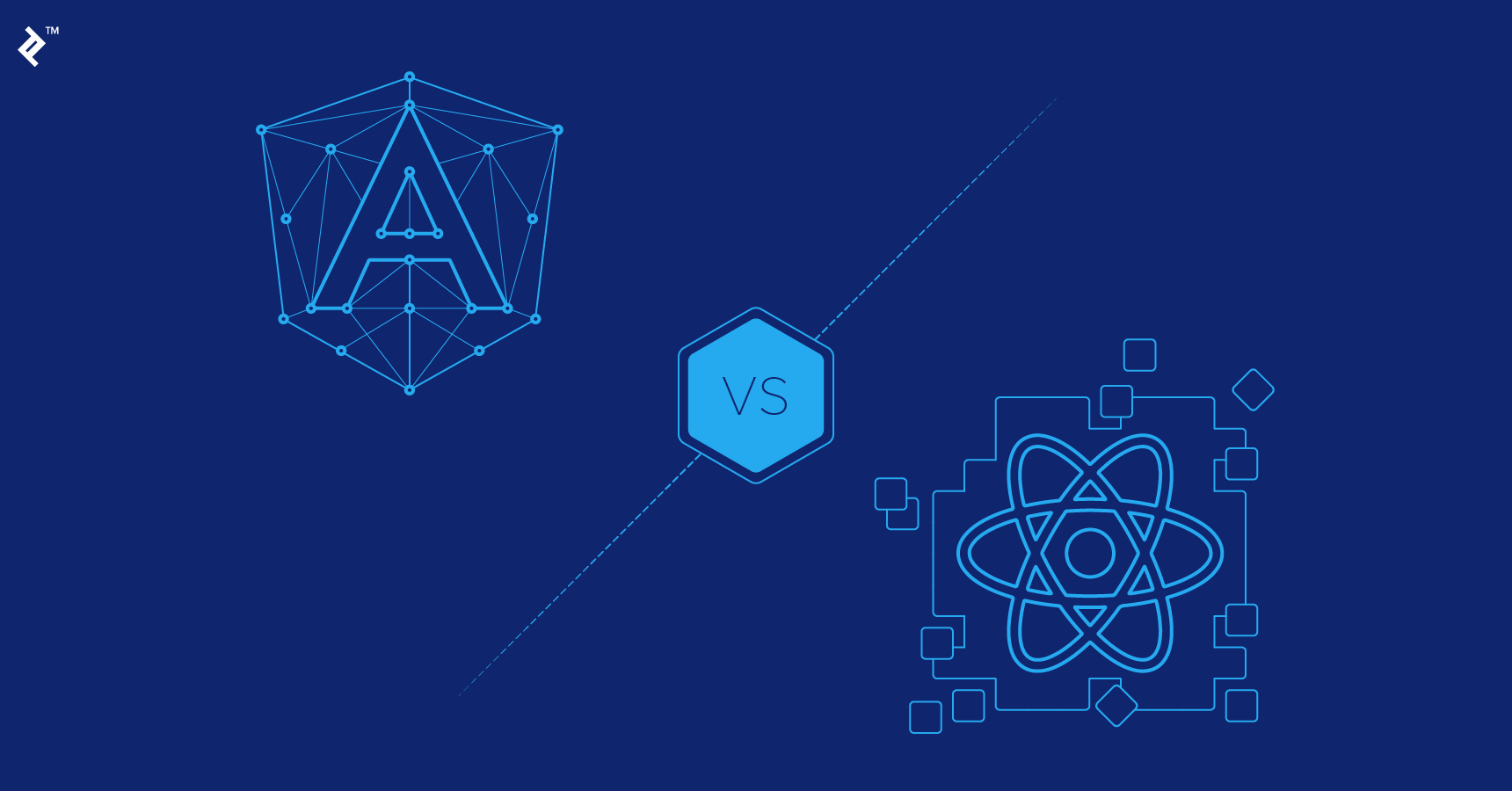React vs Angular: Different sides of JavaScript
Categories: Programming

React vs Angular: Different sides of JavaScript
How about we start with Rakish 2. It is a Javascript structure with open source,Guest Posting that is way obviously superior to the first Rakish. The fundamental distinction is rearrangements, and that implies that you won't track down here that large number of convoluted modules and orders that made Rakish 1 so muddled and agglomerate. The outcome was prompt and the presentation of the innovation expanded extraordinarily. Alongside that, presently the innovation upholds local application and can deliver on a server side.
The innovation acquired its ubiquity because of the name of its maker (Google), more than that, the system is exceptionally simple to learn.
However, very much like each instrument, this one enjoys its benefits and detriments also. Among the resources we can list:
- Direction on the applications with a major measure of intuitive client-side code.
- Great answer for dynamic applications with a solitary page.
- Quick improvement process
- Needs less code in certain classes
- High level testing highlights
- Model-View-Regulator balance
Lower we recorded the drawbacks of the system:
- Moderately sluggish when it needs to show a lot of information
- Not very Website design enhancement cordial.
Respond JS is a library that likewise has open source and incorporates JSX compiler. The principal differentiation of these frameworks is that Respond JS is a library to deliver your perspectives, not a system.
It became famous in view of Facebook, which backs it up. Respond JS is a somewhat Web optimization well-disposed innovation. What's more, the good to beat all is its elite exhibition and adaptability.
The experts of the innovation are:
- It's truly viable with Website optimization standards
- UI text cases are not difficult to make
- You can reuse the parts without any problem
- Quick with enormous number of components
- Chrome augmentation improves on the troubleshooting system
What's more, here goes a spoon of tar in a barrel of honey:
- At times the code should be long
- You need to deal with information changes physically
- It is view situated
- Going with choice
Prior to going with choice examine the permitting issues, that might happen. As we said, the two advances are open source, but there actually might be a few limits associated with their utilization.
Model-View-Regulator design, which gives partition information of the venture access to tree classification and adjust each independently assuming it's required is an out-of-the-case element of Rakish 2. This gives an enormous benefit in examination with Respond JS, that doesn't have such choice.
The other score one for Rakish 2 is its capacity to show layouts composing without any problem. With this innovation you get exceptionally clear UI for the information and can get the final product with a truly instinctive way to deal with the UI composing less code.
Respond JS is more convoluted with it. The innovation needs exceptional capabilities to control information show. You need to decide how information is addressed before it's coded into the DOM.
Information restricting is another inquiry. Rakish 2 purposes two-way information restricting. The information is constantly coordinated exclusively in one manner, so you generally know where your information changes. Furthermore, this framework gets truly helpful when it approaches troubleshooting.
The Presentation issues are critical when we work with exceptionally gigantic applications. Rakish 2 has a watcher for each limiting permits to follow every one of the movements in Dom. One a View gets new updates, the framework contrasts new qualities and essential implications. What's more, the issue is that the innovation checks the implications that changed as well as every one of them. This reality as you comprehend is a worst thing about Rakish's efficiency.
Respond JS and its virtual DOM doesn't have to actually take a look at new information with the entire framework. When a client entered new information, Respond made another virtual Dom and contrasts it and the past one. What's more, when the library looks at and sees the distinction between these two forms, the framework reconstructs the virtual DOM. The strategy is performed with the server, subsequently lessening the heap on a program. And keeping in mind that there are no dynamic clients on a site, Respond JS execution increments.